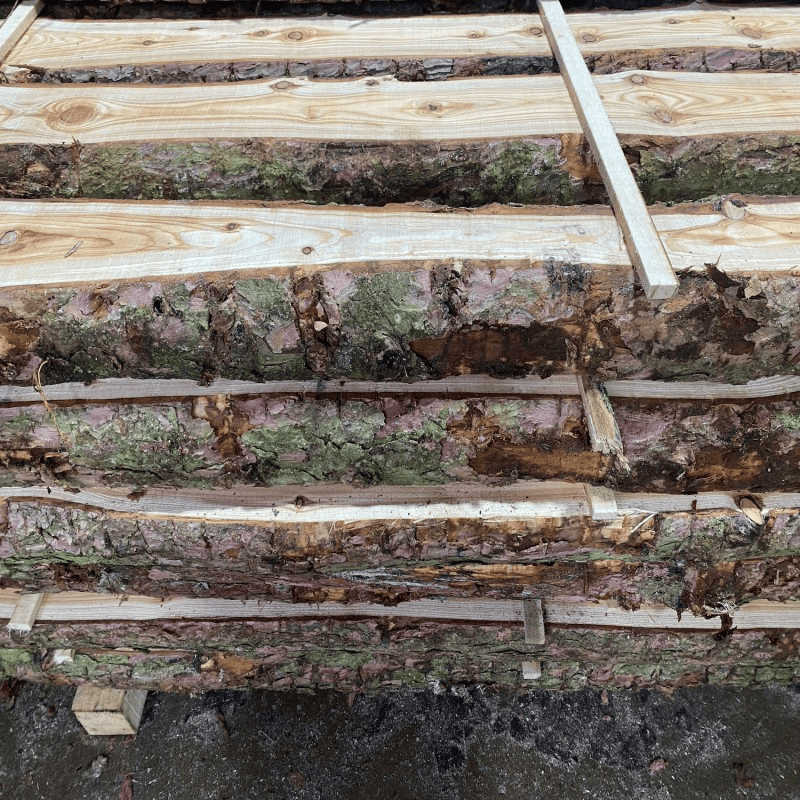Should I Replace Old Floorboards
That creaky old floorboard might have character, but when does charm turn into a problem? Let's explore when to restore your wooden floors and when it's time for a fresh start.
Signs Your Floorboards Need Attention
Wooden floors tell us when they're struggling. Squeaks and creaks are normal in old houses, but excessive noise might signal loose boards or damaged joists. Watch out for:
- Springy areas when you walk
- Visible gaps between boards
- Boards that feel unstable
- Water damage or dark stains
- Rotting wood or soft spots
- Warped or cupped boards
One or two minor issues don't mean you need new floors. Many problems can be fixed with proper care and maintenance.
When to Save Your Old Boards
Old floorboards often have qualities you won't find in new timber. They're made from mature, dense wood that's naturally resistant to wear. If your boards are:
- Solid with minimal damage
- Free from extensive rot
- Flat with minor warping
- Thick enough for sanding
- Only superficially marked
These floors are perfect candidates for restoration. A good sanding and refinishing job can bring them back to life, preserving their original character while giving them a fresh look.
Time for Replacement?
Some damage goes beyond repair. You'll likely need new floorboards if you spot:
- Extensive rot or pest damage
- Severe water damage
- Multiple broken boards
- Dangerous weak spots
- Previous repairs failing
- Too thin for another sanding
Safety comes first. Damaged floors can be dangerous and might hide bigger structural problems.
The Restoration Process
Bringing old boards back to life takes work, but it's worth the effort:
- Fix loose boards
- Replace damaged sections
- Sand the entire floor
- Fill any gaps
- Apply new finish
This process can transform tired old floors into stunning features. It's often cheaper than full replacement and preserves your home's original features.
Benefits of Keeping Original Boards
Old floorboards add value to period properties. They're part of your home's history and often made from high-quality timber you can't buy today. Original features:
- Increase property value
- Preserve historical accuracy
- Provide better durability
- Create authentic character
- Save money long-term
Choosing New Boards
If replacement is needed, match your new boards carefully:
- Select similar wood species
- Match board widths
- Consider timber grade
- Pick appropriate thickness
- Choose suitable finish
New boards can blend seamlessly with old ones if chosen wisely.
Mixed Approach: The Best of Both
You don't always need to replace everything. Consider:
- Replacing damaged sections only
- Mixing old and new boards
- Salvaging good boards for repairs
- Using reclaimed timber
- Combining restoration techniques
This approach saves money and preserves original features where possible.
Professional Help vs DIY
Floor restoration isn't always a DIY job. Get professional help if:
- You're unsure about structural issues
- The floor needs major repairs
- You spot signs of rot
- Boards need complex fitting
- You have a period property
Professionals can spot hidden problems and ensure proper repairs.
Cost Considerations
Budget plays a big role in your decision. Factor in:
- Materials cost
- Labour charges
- Tool hire
- Finishing products
- Future maintenance
Sometimes costly repairs make replacement more economical in the long run.
Making Your Decision
Ask yourself:
- How bad is the damage?
- What's your budget?
- Is the floor historically important?
- Do you need better insulation?
- Are you planning other renovations?
Your answers will guide your choice between restoration and replacement.
Looking After Your Floors
Whether you keep your old boards or fit new ones, proper care matters:
- Clean spills quickly
- Use appropriate cleaners
- Protect from furniture
- Control room humidity
- Regular maintenance checks
- Good maintenance extends floor life and preserves their beauty
Old floorboards give homes unique character and charm. Take time to assess their condition and explore all options before deciding to replace them. Many old floors just need some care to shine again. If replacement is needed, choose quality materials that match your home's style. The right decision helps preserve your property's value and ensures safe, beautiful floors for years to come.
Want expert advice about your floors? Let's look at them together and plan the best way forward. Or click to vuew our range of wood floorboards
« Back to news list






